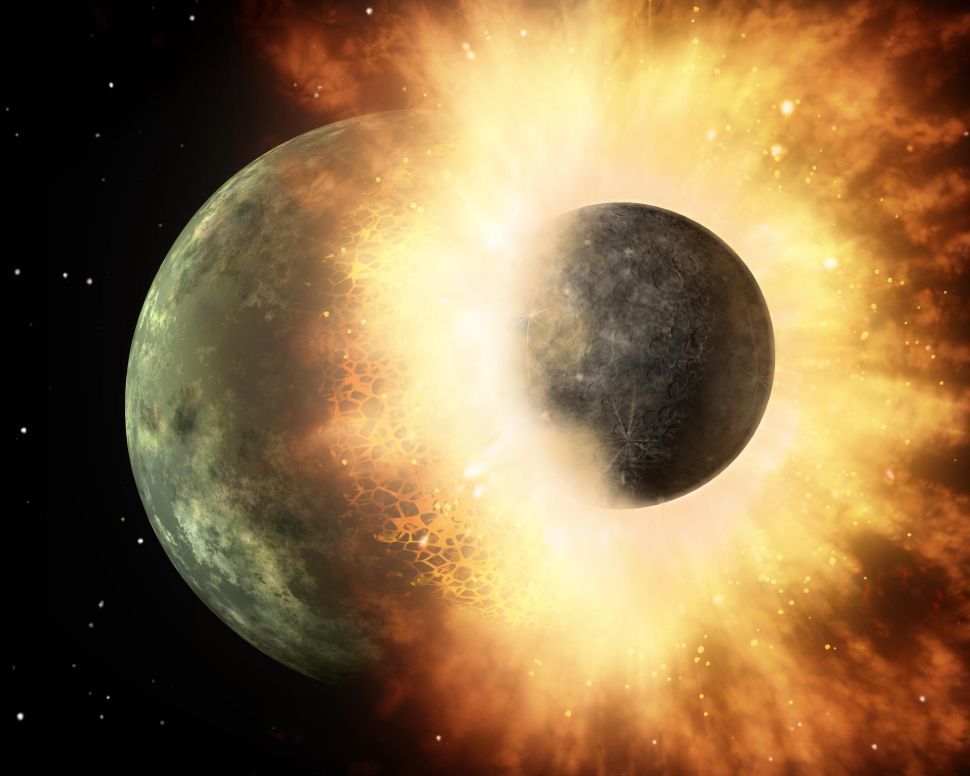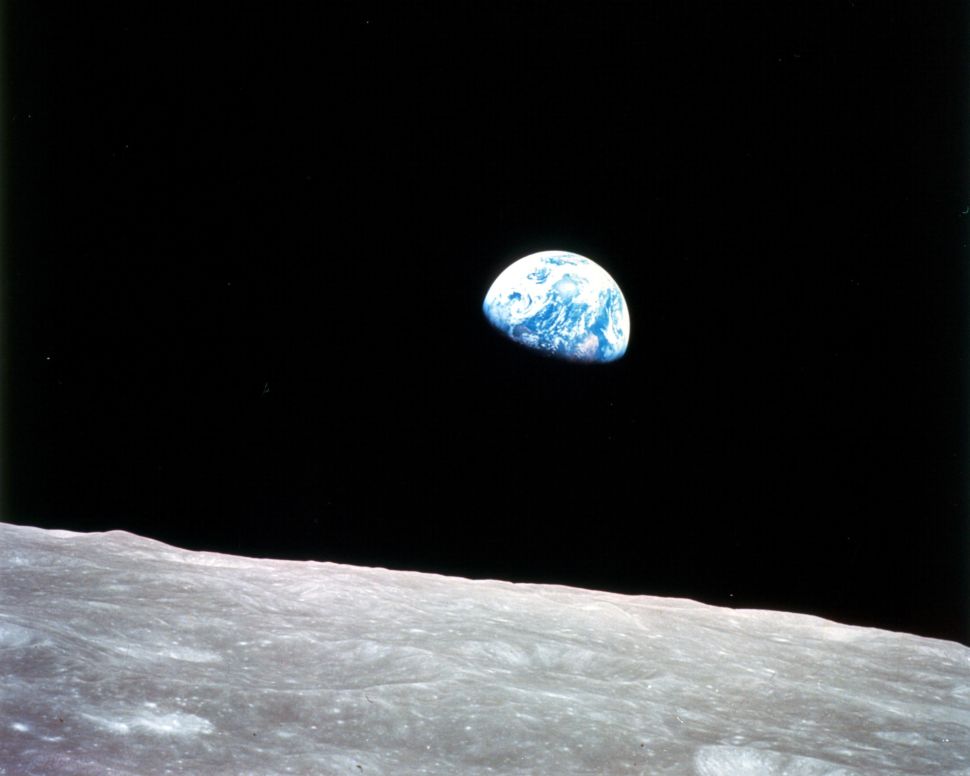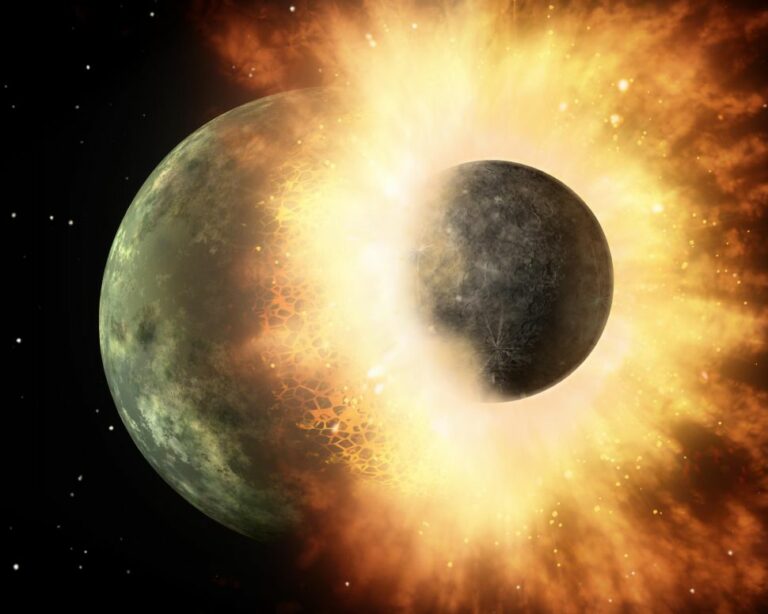Earth’s magnetic field may have been initiated by a large space rock collision.
The interplanetary collision that formed the moon might have more connections to Earth’s ancient history than we ever imagined.
According to a recent study, the magnetic field of our planet is a prodigy rather than a late bloomer.
Since the protective magnetic field around Earth is so powerful, it must have originated early in Earth’s history; however, pinpointing that event is complicated by the fact that Earth was probably struck by a protoplanet the size of Mars 4.5 billion years ago. The formation of our magnetic field may be related to the catastrophe.
In a statement(opens in new tab) of the peer-reviewed research in PNAS, released on Wednesday, co-author David Hughes, an applied mathematician at the University of Leeds, said: “Previous models had not acknowledged this potentially essential relationship” (Nov. 2).

According to the “giant impact idea,” the interplanetary collision was so massive that it generated tons of material that eventually became Earth’s moon. For decades, researchers have used meteorites, isotopes (different forms of an element), and geology to determine how the moon formed, but the magnetic field idea has received less attention.
The geodynamo mechanism, which depends on a planet rotating at a specific rate and having an internal fluid that can conduct electricity among other things, is how Earth creates its magnetic field. The transformation of mechanical energy into electrical and magnetic energy occurs in the outer core of the molten iron Earth.
Due to the fact that the magnetic field causes electrical currents to flow, which in turn create a magnetic field, the field is self-sustaining. However, nothing is known about how that process actually began. According to the authors’ report, the following are crucial inquiries that must be made in further studies in order to determine whether the strong field predated or followed the impact:
- What are the conditions under which disk accretion leads to the formation of a strongly magnetized protoplanet?
- What kinds of impact will leave a liquid core strongly magnetized? • Conversely, what kinds of impact can lead to the strong magnetization of the liquid core?
- Can the removal of the crust and/or mantle by a giant impact create the conditions for vigorous convection in the core?
- Can the instabilities driven by rapid angular momentum loss [loss of rotational speed] lead to strong magnetization of the core?
- Can the recondensation of accretion tori [in other words, the coming together of the donut-shaped accretion disk after the impact] lead to dynamo action?

The authors underline that there is insufficient information at this time to distinguish between the hypotheses, but they also point out that the enormous impact cannot be disregarded when talking about how the Earth’s magnetic field developed.
The field is essential to maintaining the magnetism because of the Earth’s relatively quick rotation (24 hours). The dynamo cannot restart owing to physical limitations in the interior of the Earth and only functions if it is maintained, according to the researchers. It is unknown, however, whether the dynamo was brought about by the collision or if a powerful dynamo that could withstand the impact had already been produced by the Earth’s rotation. In order to limit the timing, more research will be needed.
Lead author Fausto Cattaneo, an astronomer at the University of Chicago, added in the same release, “It is this unique property [of dynamo persistence] that allows us to draw assumptions about the history of the early Earth — including, maybe, how the moon was born.”
The scientists concluded by saying that future researchers may be able to determine when the Earth’s magnetic field first formed—either before or after the impact—by keeping this dynamo restriction in mind. They also want more in-depth research into the past of Earth’s magnetic field.
Source:SpaceCom
Do not forget to share your opinion with us to provide you with the best posts !





0 Comments